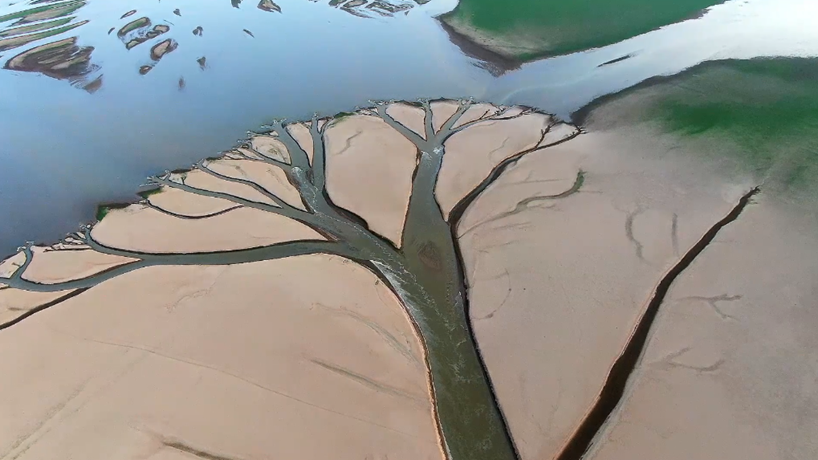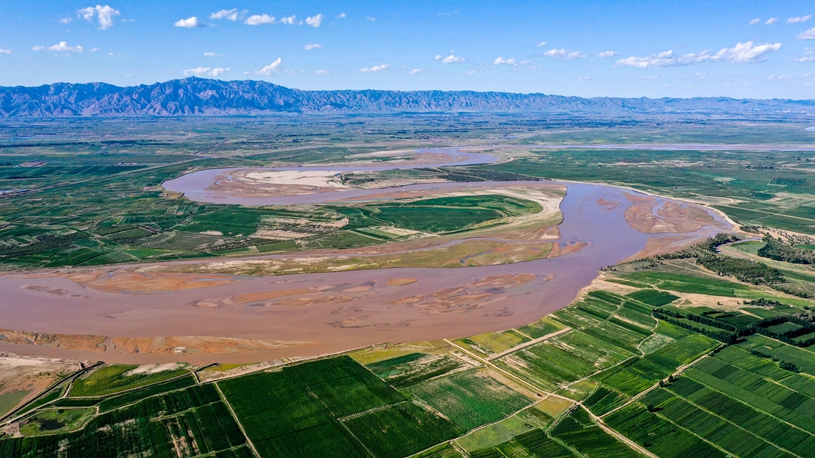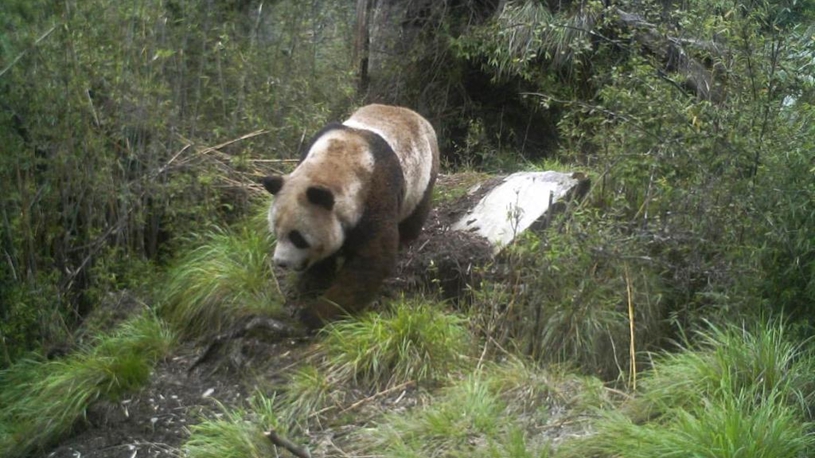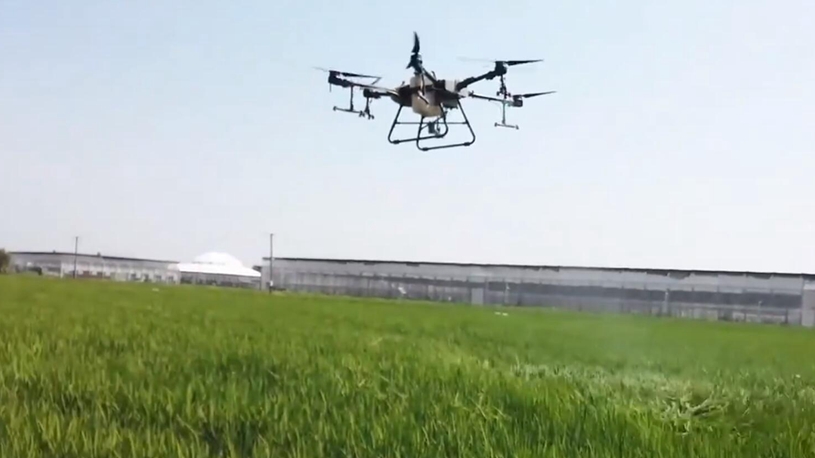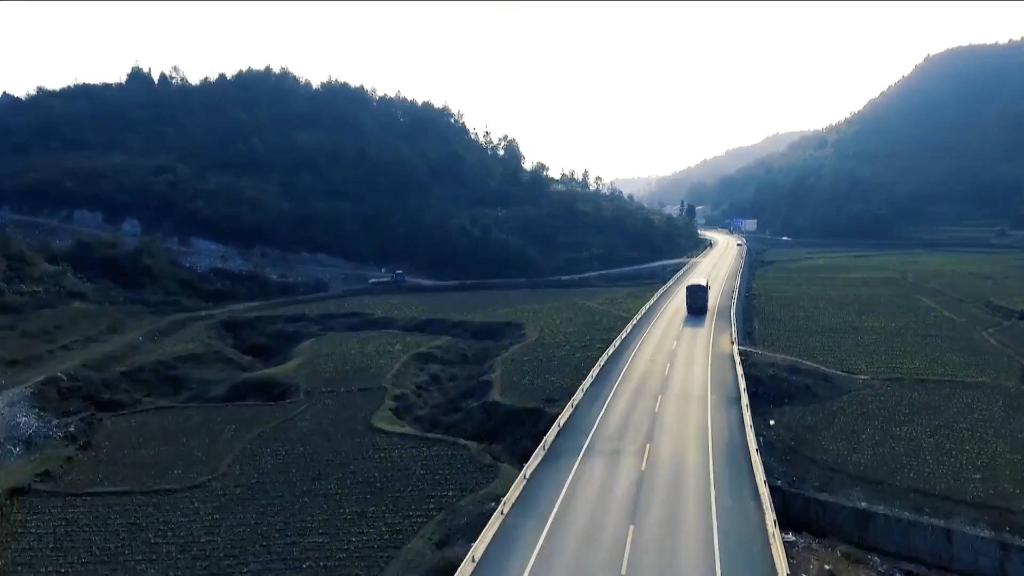Home to several large deserts, north China's Inner Mongolia Autonomous Region is at the forefront of the country's fight against desertification, and has been fueling its green drive to form an important ecological barrier in China.
In 2011, China launched a grassland ecological protection program with subsidy and reward incentives to encourage herdsmen to join the efforts in grazing prohibition in eight provincial-level regions, including Inner Mongolia and Xinjiang Uygur Autonomous Region.
According to the regional authority, about 404 million mu (about 26.9 million hectares) of grasslands in Inner Mongolia have been covered by the grazing ban, and ecological protection measures have been implemented on 616 million mu (about 41 million hectares) of grasslands, benefiting more than 1.4 million rural households.
Technological measures have also been adopted to help rehabilitate degraded grassland areas.
Researchers at M-Grass, a tech enterprise in Inner Mongolia, have conducted experiments on six grass strains that were onboard the Shenzhou-13 crewed spaceship in space for six months earlier this year.
It was the second time that the company had sent seeds into space, following the return of grass species mutations with the Chang'e-5 lunar probe in 2020.
According to Liu, after further selection and planting, superior seed varieties will be used for ecological restoration and urban landscape construction.
Dubbed as the "kidney of the grassland," Hulun Lake, the largest fresh water lake in Inner Mongolia, has seen its water area further expand, its wetland ecology recover and biodiversity improve thanks to beefed-up conservation efforts over the years.
According to the Hulun Lake National Nature Reserve Administration, since 2012, the water area of the once-dwindling lake has expanded from about 1,700 square km to more than 2,200 square km.
By February this year, 345 species of birds, 39 species of fish and 38 species of other animals had been recorded in the area.
The Hulun Lake was included on the list of internationally important wetlands in 2002.
Produced by Xinhua Global Service




